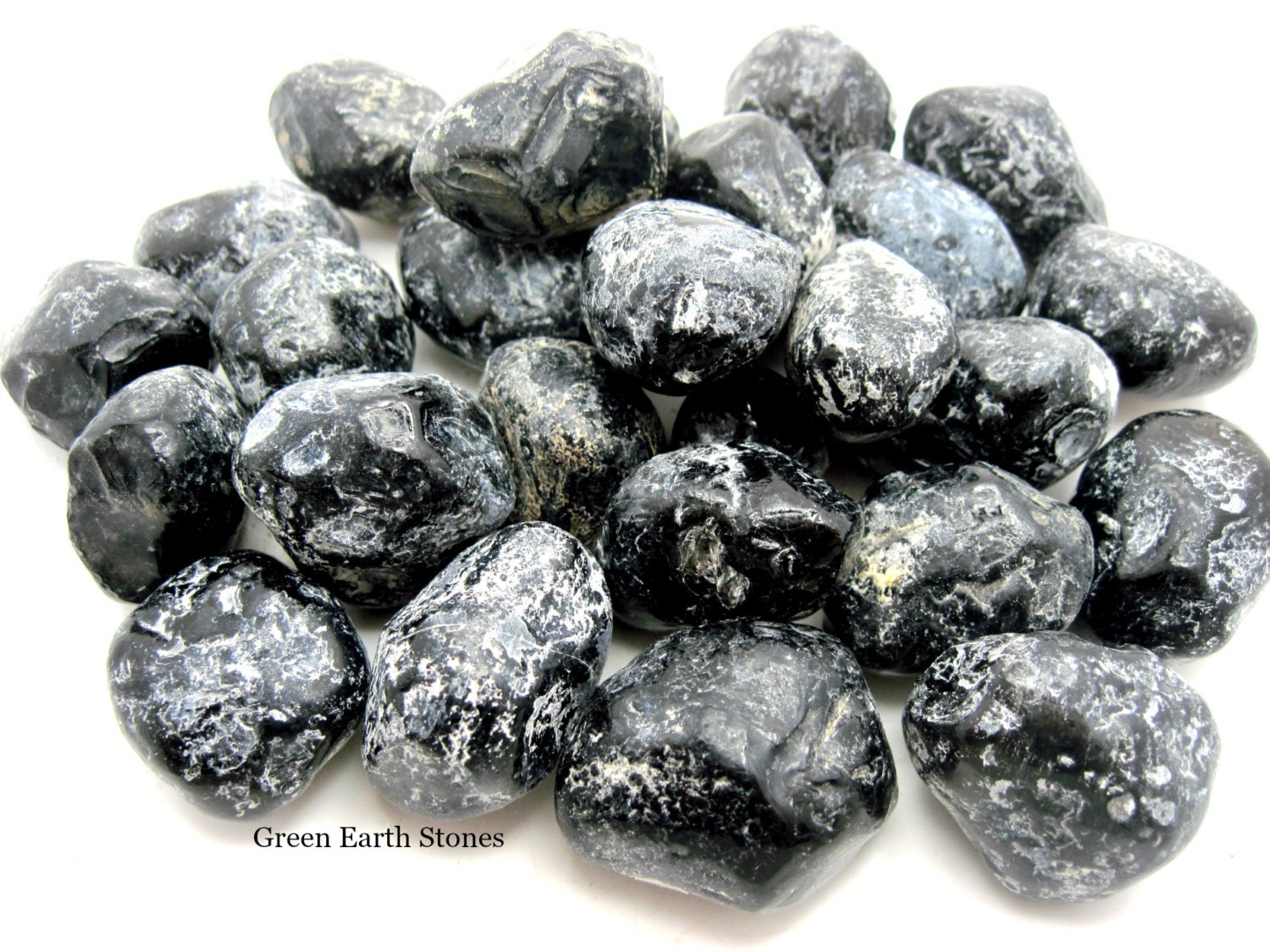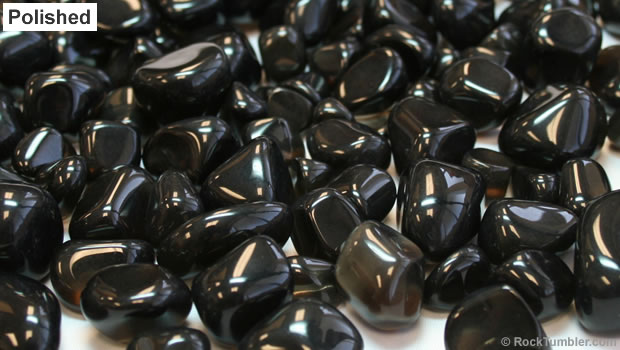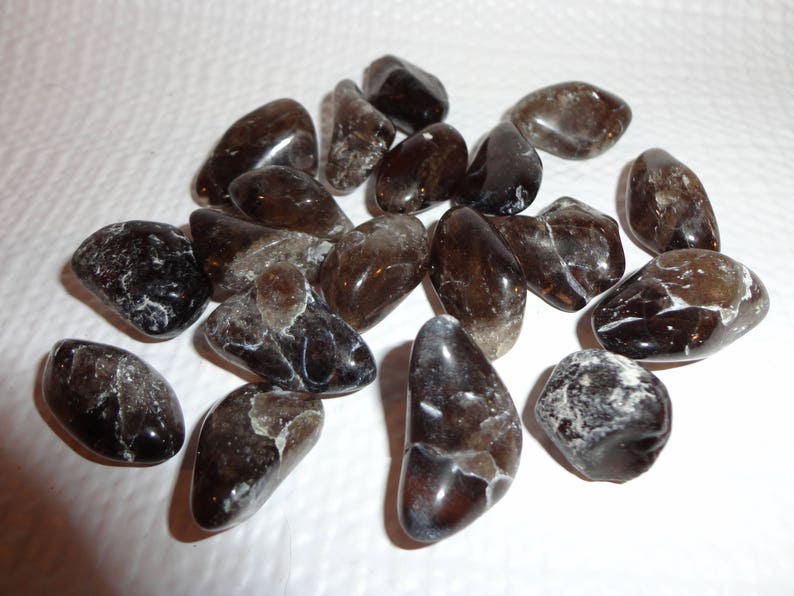
History tells of a party of seventy-five Apache warriors tasked with defending their homes and land against invading white colonizers.Īs the confrontation escalated the Apache warriors found themselves the target of a large cavalry unit tasked with hunting down and eliminating them. These stones derive their name from the indigenous Apache people who originate from what is now the southwestern United States, particularly Arizona. Magnetite, Zincite, Alexandrite, Red Jasper Pele, Tezcatlipoca, Itzpapalotl, Sekhmet, Isis, Horus These stones facilitate the healing process by gently encouraging the user to seek the necessary spiritual understanding to cope with their loved one’s decision.ĪPACHE TEARS CRYSTAL CORRESPONDENCES HEALING PROPERTIESīalance, Absorption of Negativity, Protection, Psychic Protection, Healing They lend their aid to survivors wishing to reconnect with departed loved ones who chose to die.

In particular, these healing crystals promote release through tears, making them perfect for those who struggle with outward displays of grief.Īpache Tears comfort all sorts of sadness but are especially healing for loss associated with suicide. For those having a difficult time releasing sadness, these stones can help create a “safe space” within to release such emotions without sinking into despondence. Just as they ease the emotional side of grief and loss, Apache Tears can also ease physical pain stemming from the same source. This stone even helps to encourage hair and nail growth. “Apache Tears” are cut by faceters today because they are plentiful and inexpensive.PHYSICAL HEALING PROPERTIES OF APACHE TEARSĪpache Tears bolster the immune system, mitigate pain in the bones and muscles, increase strength and stamina, and purify the blood. was found in the tomb of King Tuthankhamen. Jewelry set with obsidian made about 1,352 B.C.

Obsidian was used for bowls and cups as early as 3,200 B.C. Nevertheless, it has long attracted gem cutters and gem carvers. Obsidian, with a hardness of 5 to 5.5, is brittle and chips easily. Perlite is used in making lightweight concrete and is also used in the manufacturing of insulation. It is interesting to note that the “Apache Tear” and perlite surrounding it have been formed from the same volcanic material and yet the “Tears” are dark in color and its coating of perlite is light in color.

Hold the “Tear” to the light to see how translucent it is. Tumbling and polishing will reveal a shiny glass pebble that may be black or smoky in color. “Apache Tears” are found in grayish white volcanic material called “perlite.” Perlite is obsidian that has weathered and altered until it has become porous and lightweight.Įach “Apache Tear” lump will have an uneven coating of perlite clinging to it after being pried or dug from a mass of perlite. The hot lava forming obsidian cooled much too quickly to allow crystals to form.

Don’t look for crystals of obsidian because you won’t find any. “Apache Tears” have been found primarily in Arizona, Nevada, and New Mexico.Īll “Apache Tears” are obsidian, but not all obsidians are “Apache Tears.” Obsidian is natural volcanic glass. As you probably have guessed, these nodules are found in locations where Apache Indians lived in the US Southwest. Not all rock and mineral books have a listing for “Apache Tears.” This is because “Apache Tear” is not a valid mineral name but is a well-known nickname for some obsidian nodules. If you have a specimen in your collection labeled “Apache Tear” and want information about it, you could have a problem.


 0 kommentar(er)
0 kommentar(er)
